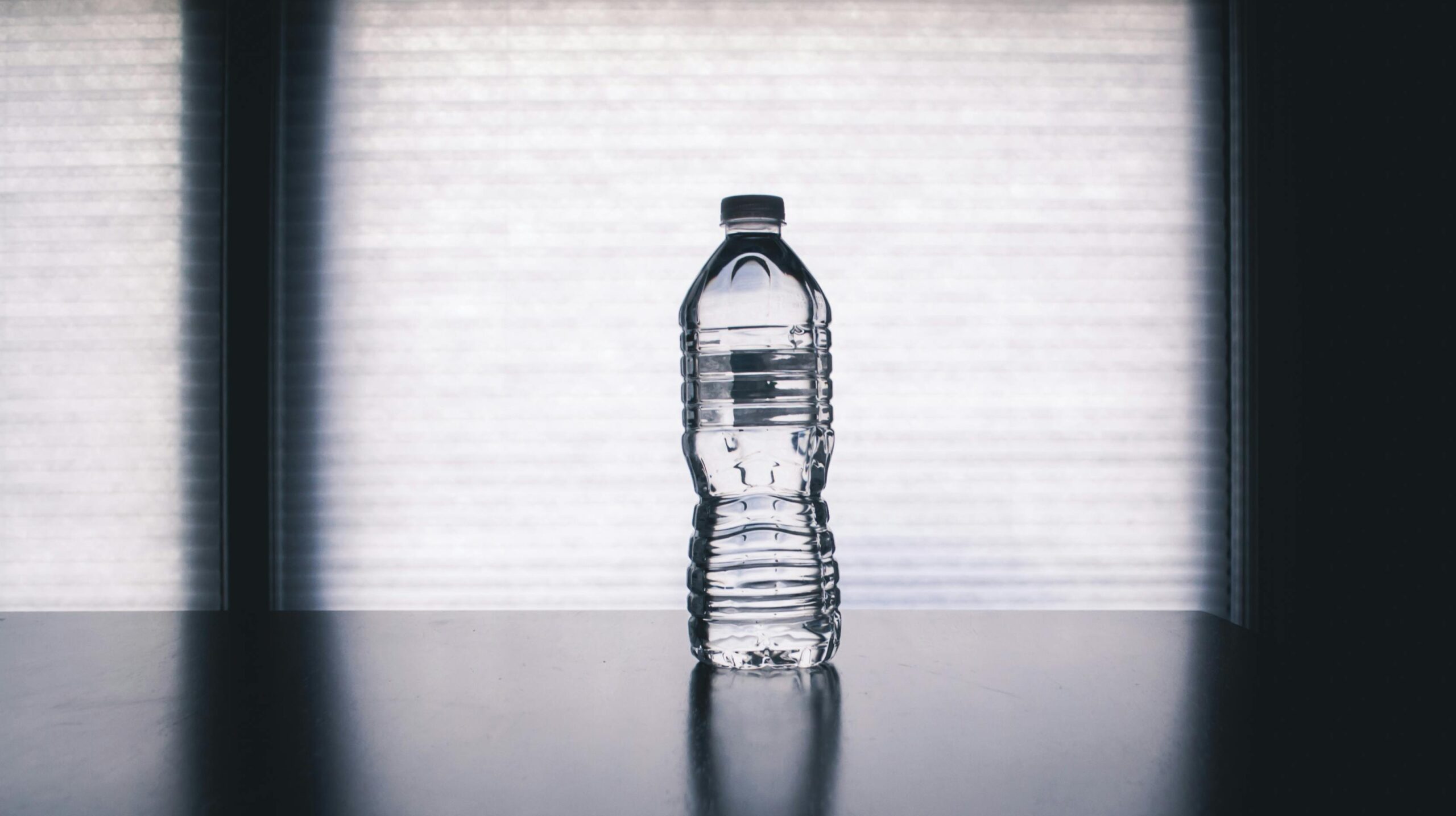(image credit: by Steve Johnson)
PET bottles revolutionized the beverage industry in the 1970s—but their story doesn’t end in the recycling bin. Discover how these everyday plastic containers evolved from a soda solution to a sustainability symbol, and why your next T-shirt might just be made from yesterday’s cola.
A Bottle Born from Science
The PET bottle—short for polyethylene terephthalate—was first patented in 1973 by DuPont engineer Nathaniel Wyeth. At the time, glass bottles dominated the beverage market. While sturdy, they were heavy, breakable, and costly to ship. Wyeth’s invention offered something revolutionary: a lightweight, durable, pressure-resistant container perfect for carbonated drinks. By the 1980s, PET bottles became the gold standard for packaging sodas, juices, and water.
100% Recyclable—But Underused
Here’s the part that surprises many: PET bottles are 100% recyclable. In theory, every PET bottle you toss into a recycling bin can become a new bottle—or even something completely different. PET is one of the few plastics that can be safely and efficiently reused multiple times.
However, the reality isn’t as bright. Globally, less than 30% of PET bottles are actually collected and recycled. The rest often end up in landfills or polluting the ocean. This waste represents not just an environmental issue but also a missed opportunity for innovation and reuse.
From Bottles to T-Shirts and More
So, what happens when PET bottles do get recycled? Their second life might surprise you. Recycled PET (or rPET) can be transformed into:
Polyester fabric for clothes, bags, and shoes
Carpeting and upholstery
Construction materials
Fleece jackets, backpacks, and even 3D printer filament
In fact, it takes about 10 recycled PET bottles to make a single T-shirt, and around 25 to produce one fleece jacket. So, the next time you see activewear in a sports store labeled “made from recycled materials,” it might have once held your iced tea.
What Can We Do?
The technology and infrastructure to recycle PET already exist—we just need to use them more effectively. Here’s how you can help:
Always check local recycling rules and clean your bottles before tossing them into the bin
Choose products made from rPET when available
Support deposit-return systems or refillable bottle initiatives
Spread awareness about plastic pollution and responsible recycling


